Food Chains Maintain The Balance of Nature
When you understand how each link in the chain connects, you start to see how everything in nature relies on balance. It’s this delicate balance that keeps life thriving, even in the face of constant change.
Discover
Comprehensive Food Chains
Detailed information about different food chains in diverse ecosystems.
Interactive Access
Easily navigate through different species learning about their prey and predators.
Educational Resources
Articles, maps, and diagrams for educational purposes or when you just want to explore.
Search by Ecosystem
Explore how different ecosystems connect through food chains, from the forest floor to the ocean’s deepest depths.
Search by Trophic Levels
Explore the different roles in the food chain, from energy-producing plants to apex predators that help maintain a balance within each ecosystem.
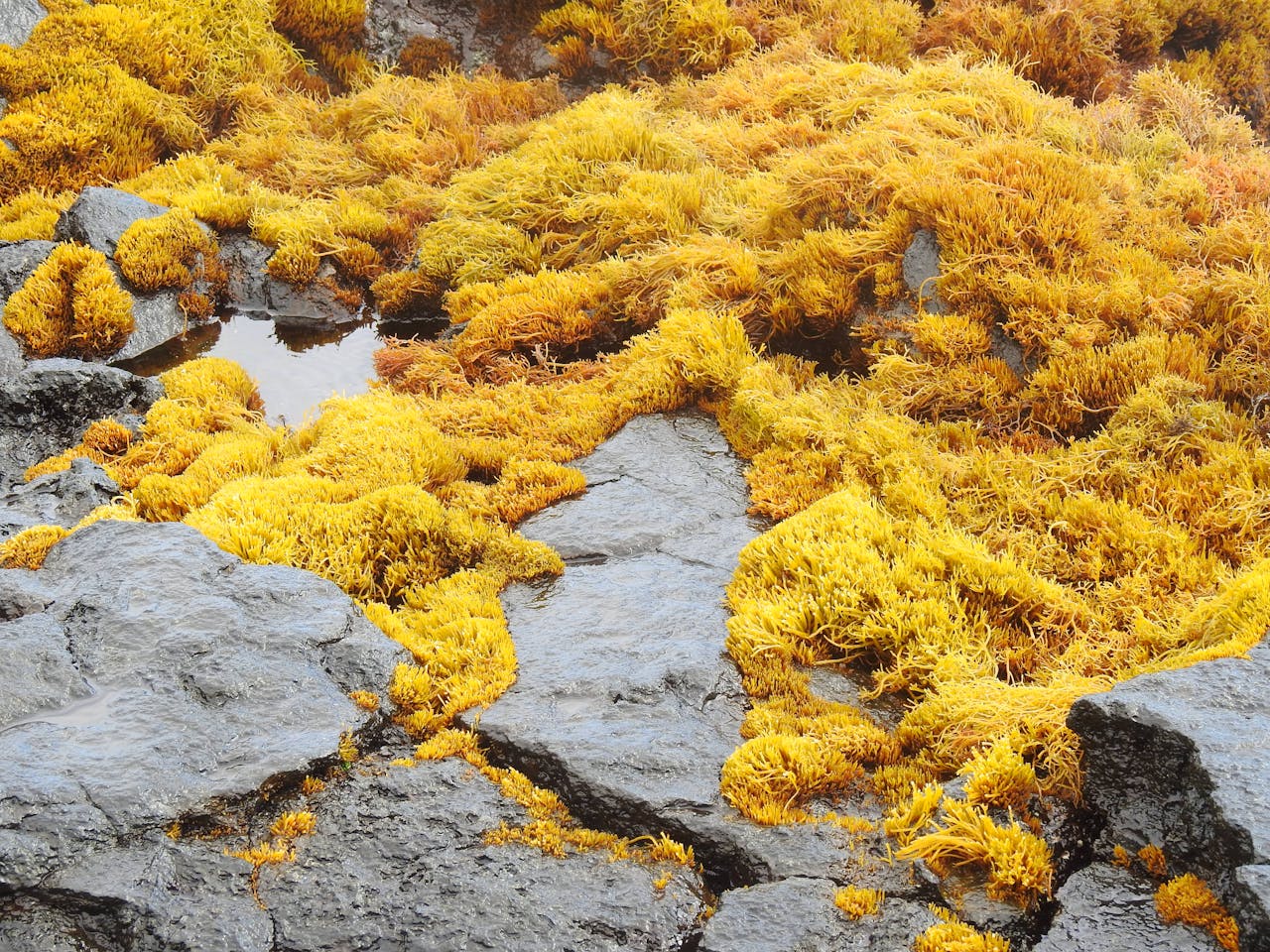
Primary Producers
Primary producers are the starting point of the food chain in all ecosystems. Using photosynthesis, they turn sunlight into energy stored as carbohydrates. This group includes plants, algae, and some bacteria. They provide the essential energy source for all other levels in the food chain.
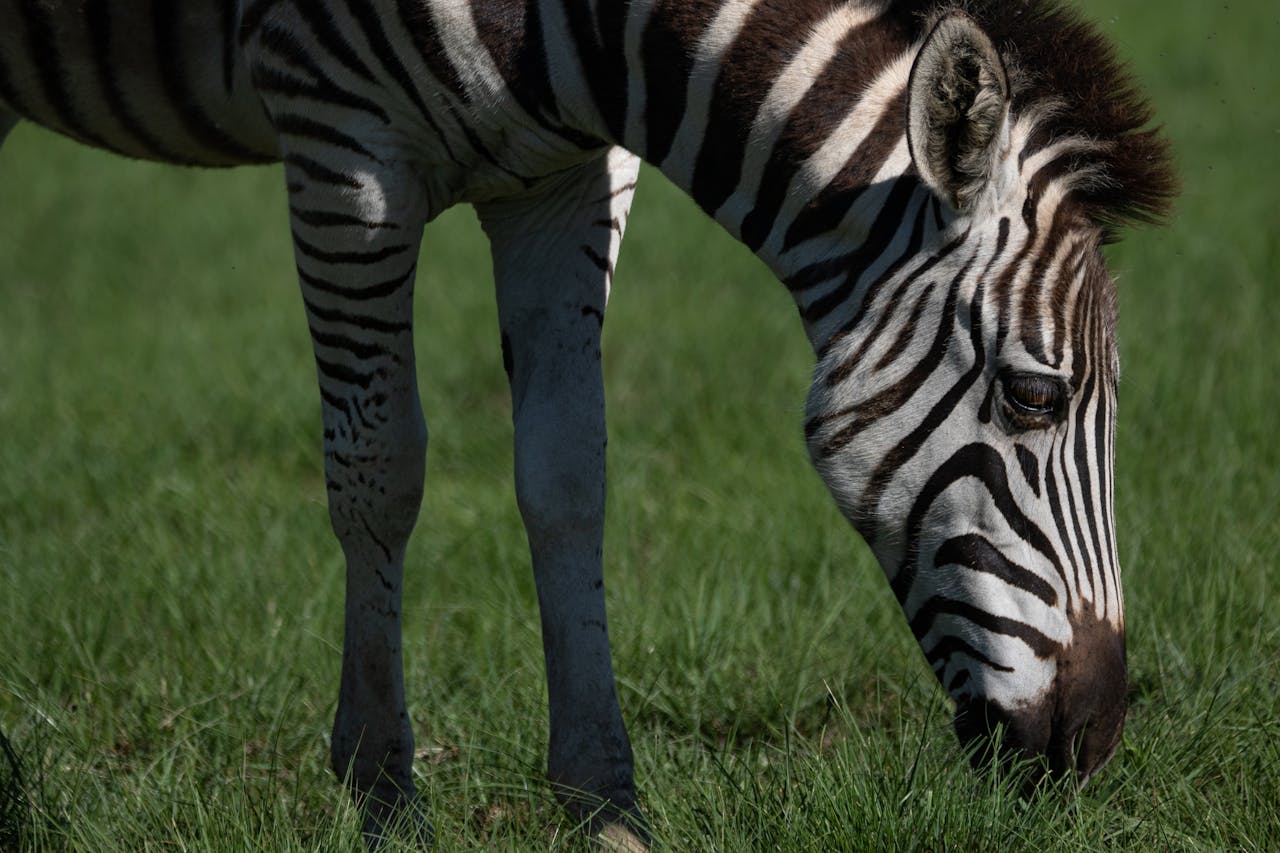
Primary Consumers
Herbivores
Primary consumers are herbivores that feed directly on primary producers. They are the second trophic level in food chains and play a crucial role in transferring energy from producers to higher trophic levels. Primary consumers can be small, like insects and zooplankton, or large, like deer and zebras, depending on the ecosystem.

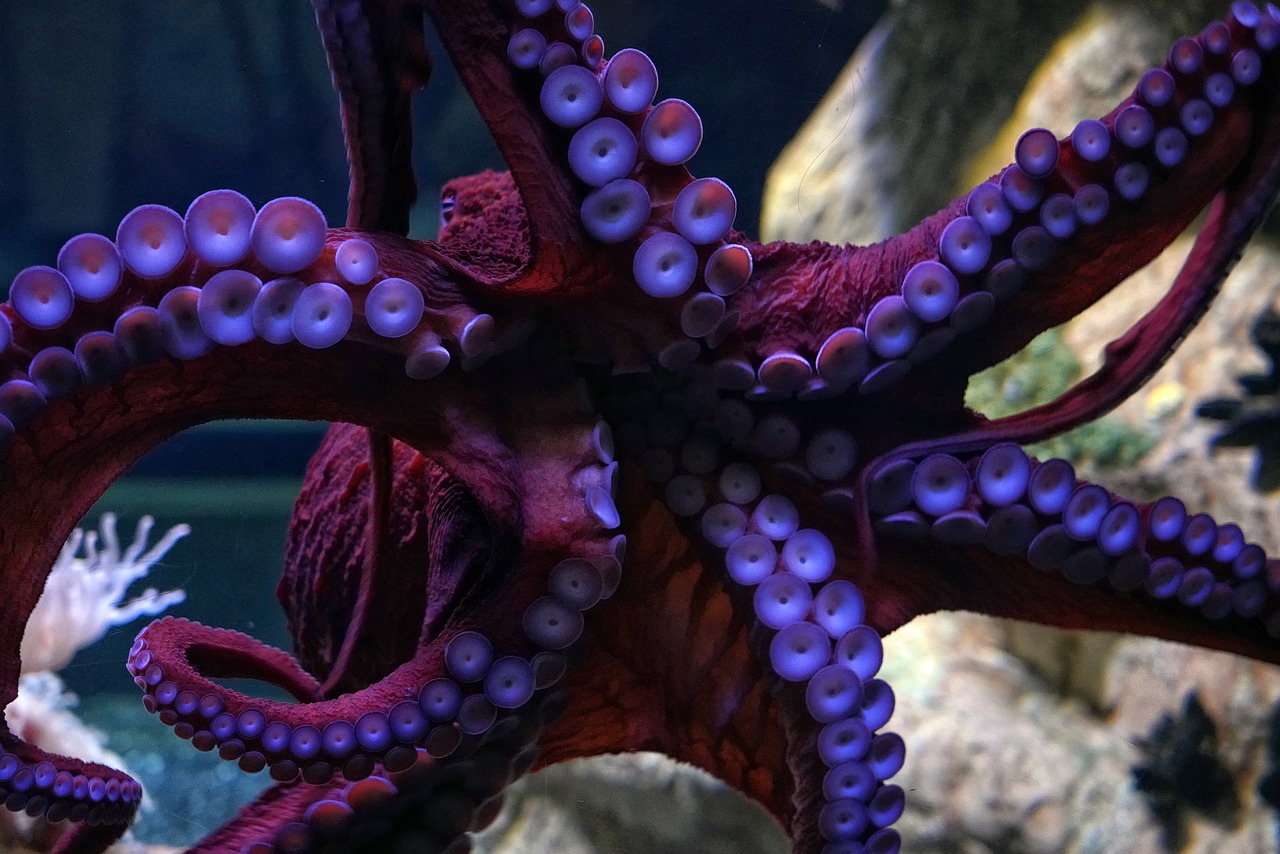
Secondary Consumers
Carnivores and Omnivores
Secondary consumers are organisms that occupy the third trophic level in a food chain, primarily feeding on primary consumers (herbivores). They can be either carnivores, which exclusively eat other animals, or omnivores, which consume both plants and animals. Secondary consumers are found in both terrestrial and aquatic ecosystems and include birds, frogs, fish, octopuses, and some seals.
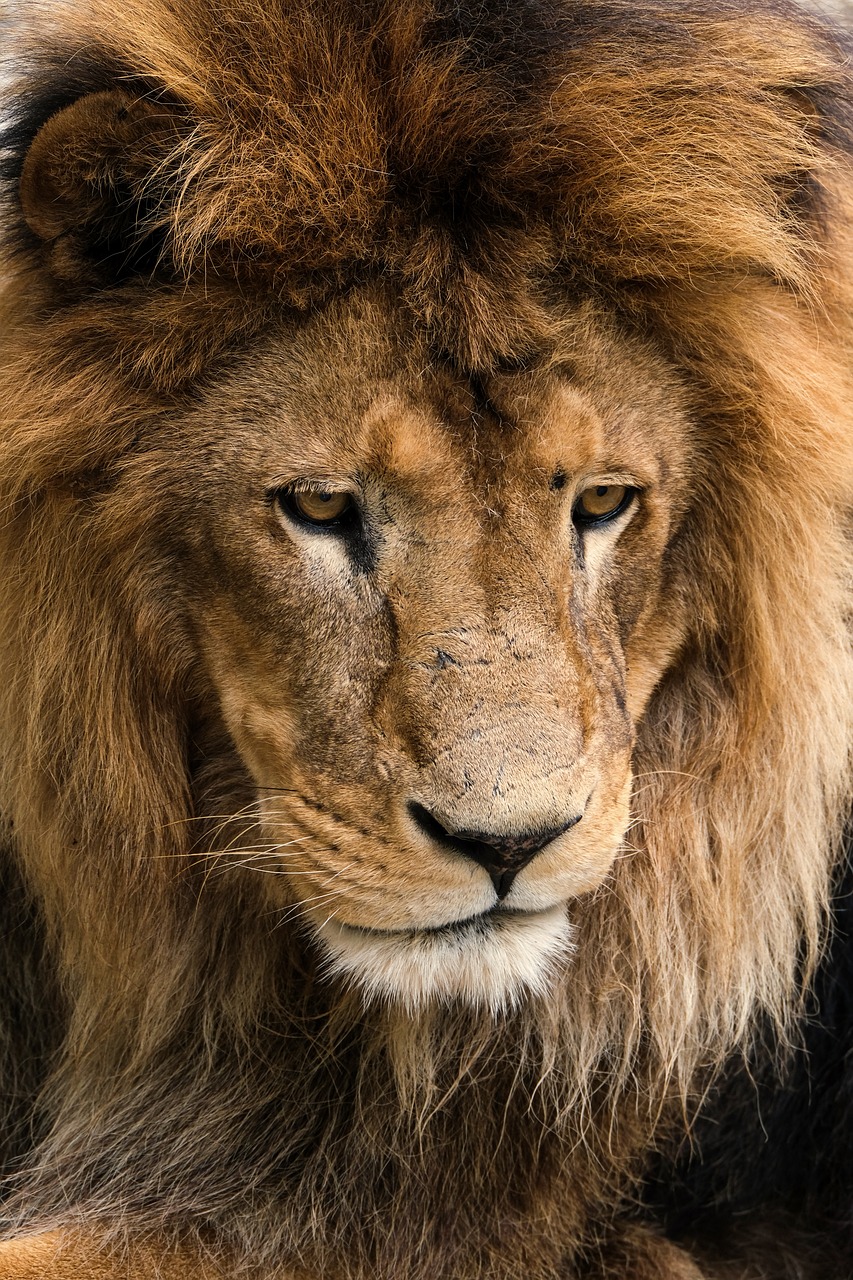
Tertiary Consumers
Apex Predators
Tertiary consumers are at the top of the food chain and have no natural predators. They help keep the ecosystem balanced by controlling the population of primary and secondary consumers. Apex predators include animals like tigers, eagles, wolves, orcas, and polar bears. Their presence or absence impacts the overall structure and function of their ecosystems.

Frequently Asked Questions
What is a food chain?
A food chain shows how each living thing gets food, and how nutrients and energy are passed from creature to creature.
How are food chains organized?
A food chain shows how each living thing gets food, and how nutrients and energy are passed from creature to creature.
How can I learn more about a specific animal?
Each animal’s profile will give you insights into its prey and predators, allowing you to gain a deeper understanding of its natural world.
Can I suggest new content?
We’re open to your input! Share your ideas for new content or for a new species to cover within different ecosystems.
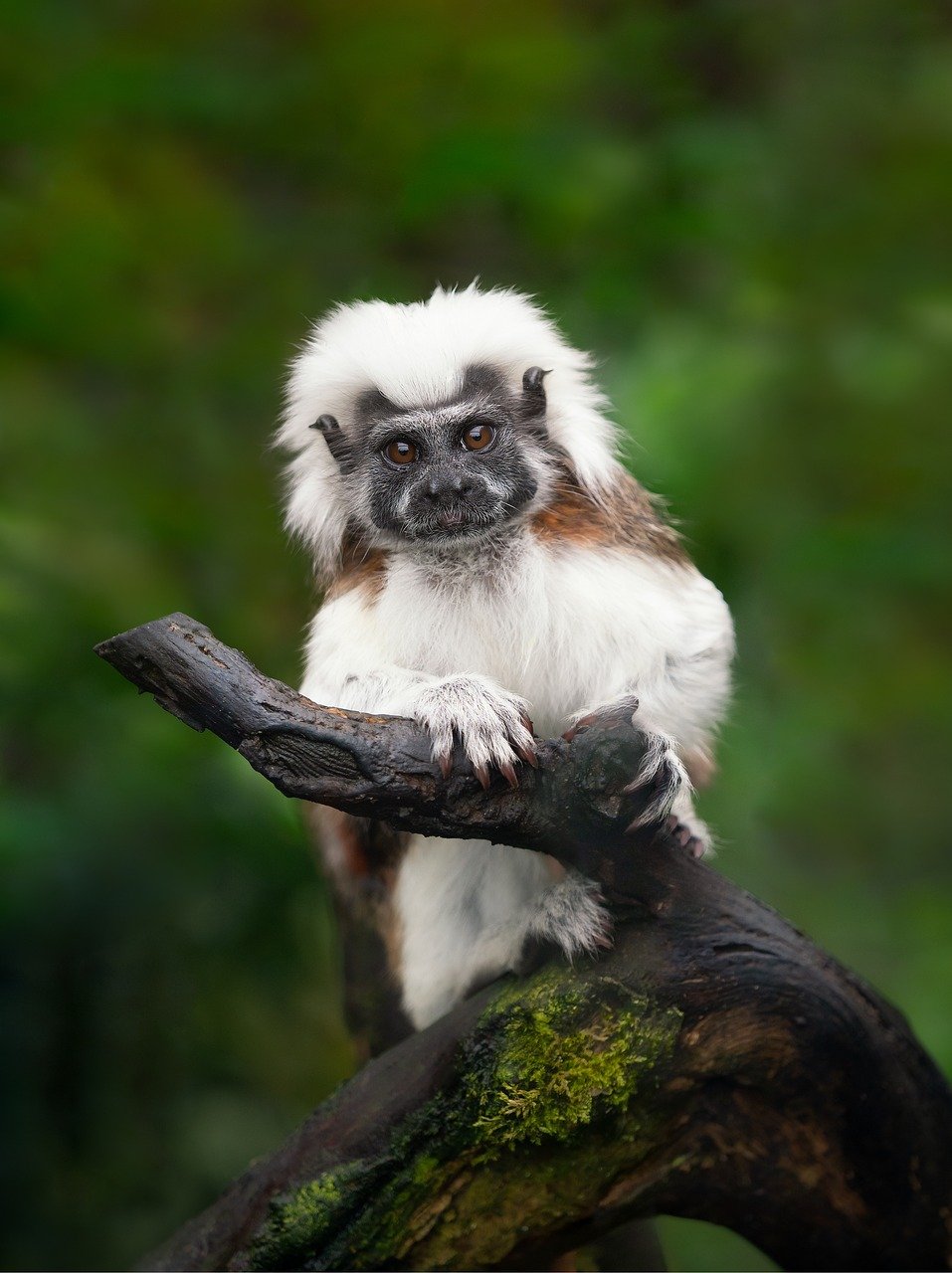
Contact Us
Whether you want to know about specific animal diets, more food chains, or anything else related to our content, reach out to us!
